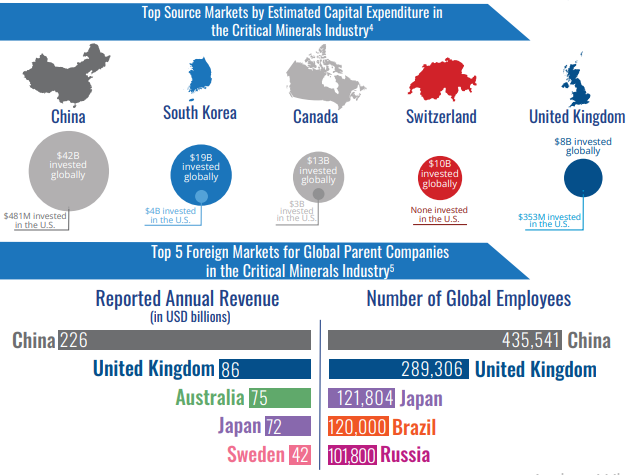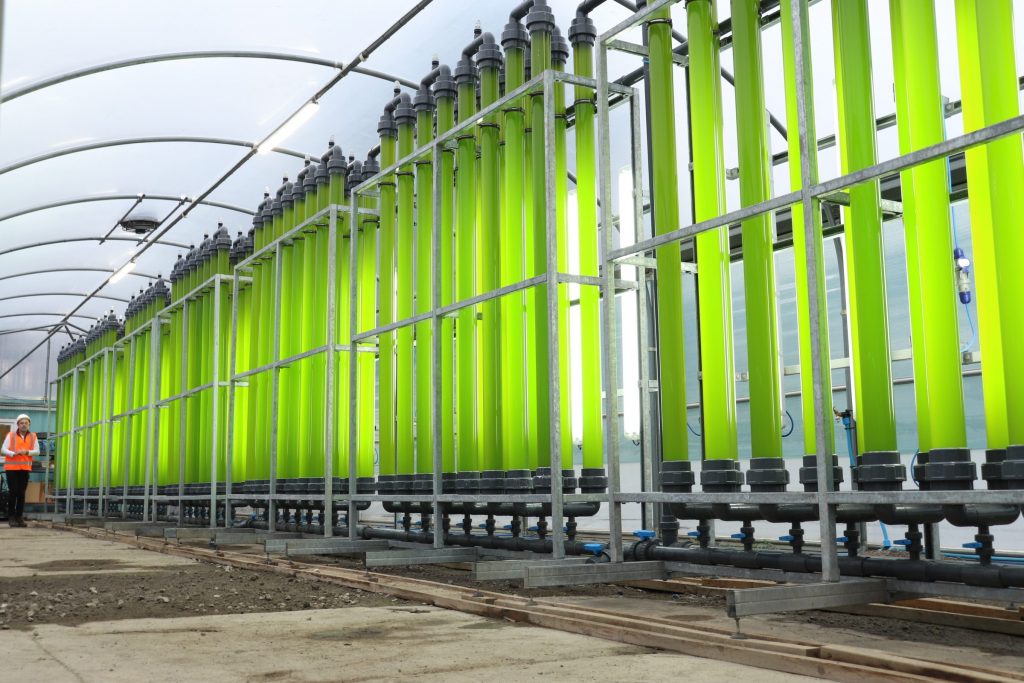The main countries of origin of capital spending in the critical minerals industry are China, South Korea, Canada, Switzerland and the United Kingdom.
Together, these nations spent 92 billion dollars in this area, according to fDi Markets data referenced by the U.S. Department of Commerce.
Capital spending on critical minerals

Critical minerals industry
In 2022, global exports of goods from the critical minerals industry reached a value of US$30.8 billion. Regionally, South America stood out by leading with the largest share in the trade value of these exports. It represented 32% of the world total.
On the other hand, Asia ranked second with 15%, followed by Europe with 14%. These regions are key in the share of global exports of critical minerals.
In 2023, the Department of Commerce reported that the value of primary mining production of critical minerals in the United States reached $4.1 billion. In addition, the value of recycled critical minerals domestically reached $10 billion. Between 2018 and 2022, U.S. companies raised 45% of total venture capital funding in the critical minerals sector.
Energy
According to M2i Global, renewable energy is expected to overtake coal as the world’s leading source of electricity by 2025. In the United States, the Secretary of Energy, under the Energy Act of 2020, is responsible for determining the list of critical minerals and materials. In 2022, the final list included 50 critical minerals, such as aluminum, lithium, nickel, and cobalt.
Nickel, lithium, cobalt and graphite are essential for battery production. On the other hand, rare earth minerals such as neodymium and samarium are crucial for magnets used in wind turbines and electric motors. Instability in the supply of these minerals puts the continued growth of renewable energy at risk.
The infrastructure required for clean energy relies on the availability of the raw materials these minerals provide.

